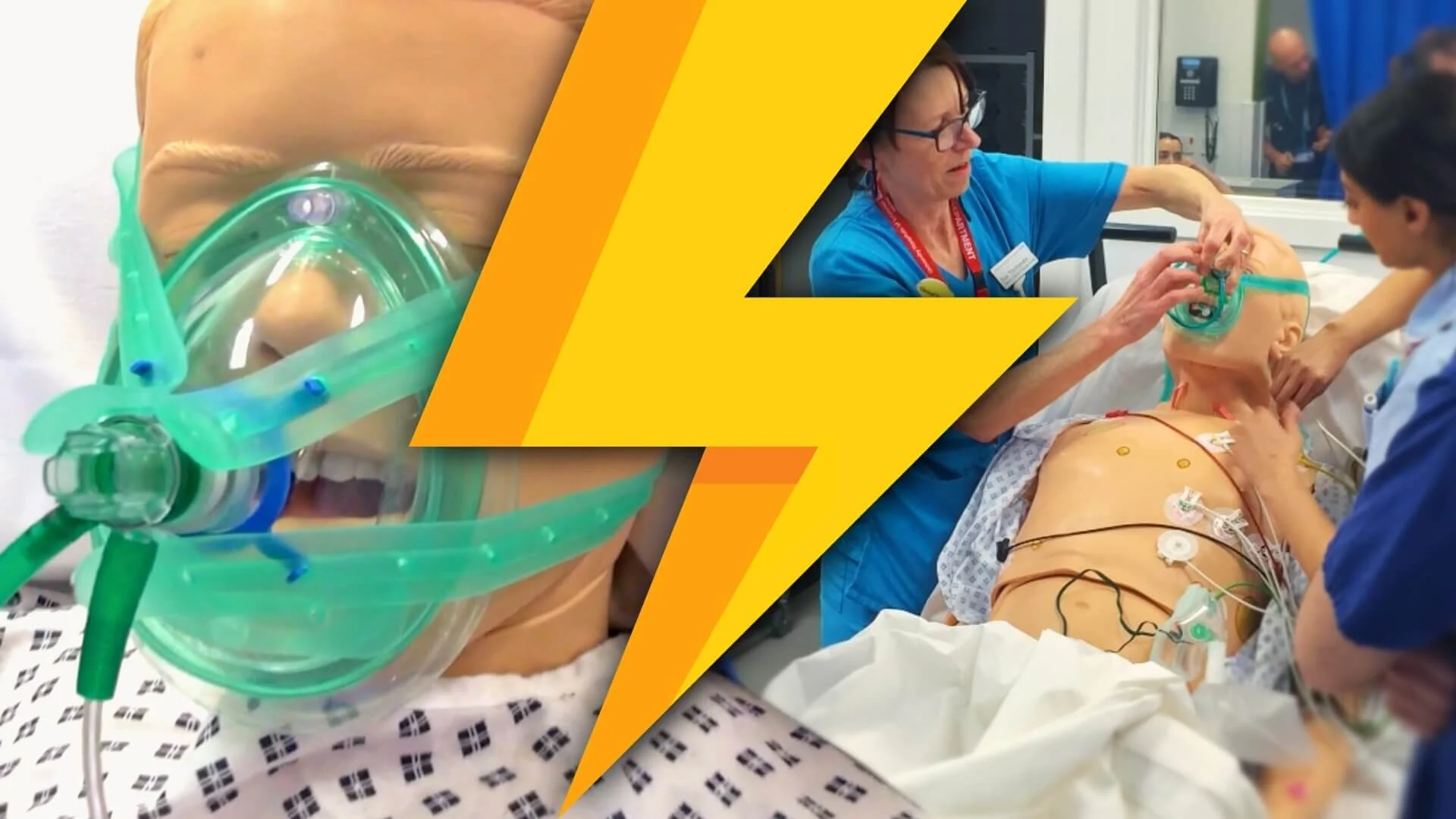Lightning Learning: Pain Management in Adults ED
STOP!
Pain is the most common presenting complaint to the ED. Often we are poor at recognising and treating pain in a timely and effective manner.(1)
The RCEM standards(2)
- Give analgesia for moderate to severe pain within 20 minutes of arrival in the ED should be applied to patients in all EDs.
- Patients in severe pain should have the effectiveness of analgesia re-evaluated within 30 mins of receiving the first dose of analgesia.
If the pain score is out of proportion to your findings, reconsider your diagnosis: what are you missing? e.g. compartment syndrome
LOOK
Pain assessment starts at triage and all patients should be monitored during their time in the Emergency Dept.
There are multiple pain assessment tools used across different EDs. Here is an example of how to approach pain severity (based on a pain score 1-10 and treatment as per WHO pain ladder):
- MILD PAIN (1-3): Oral Paracetamol OR Oral NSAID, e.g. ibuprofen
- MODERATE PAIN (4-6): As for mild pain PLUS oral NSAID (if not already given) OR Codeine Phosphate
- SEVERE PAIN (7-10): IV Opiate OR Rectal NSAID supplemented by oral analgesics
Please consider the use of splints, slings, dressings, and look for other causes of distress, e.g. patients with learning disabilities or cognitive impairment.
LEARN
For detailed guidance on prescription of paracetamol, NSAIDs and opiates please refer to pages 6-7 of RCEM’s Best Practice guidelines.(2)
Where possible, avoid NSAIDs in the elderly.(1)
References
- Pain Management in Adults (RCEM Learning)
- Management of Pain in Adults (RCEM)
Original poster created by Dr Jamie Sillett







